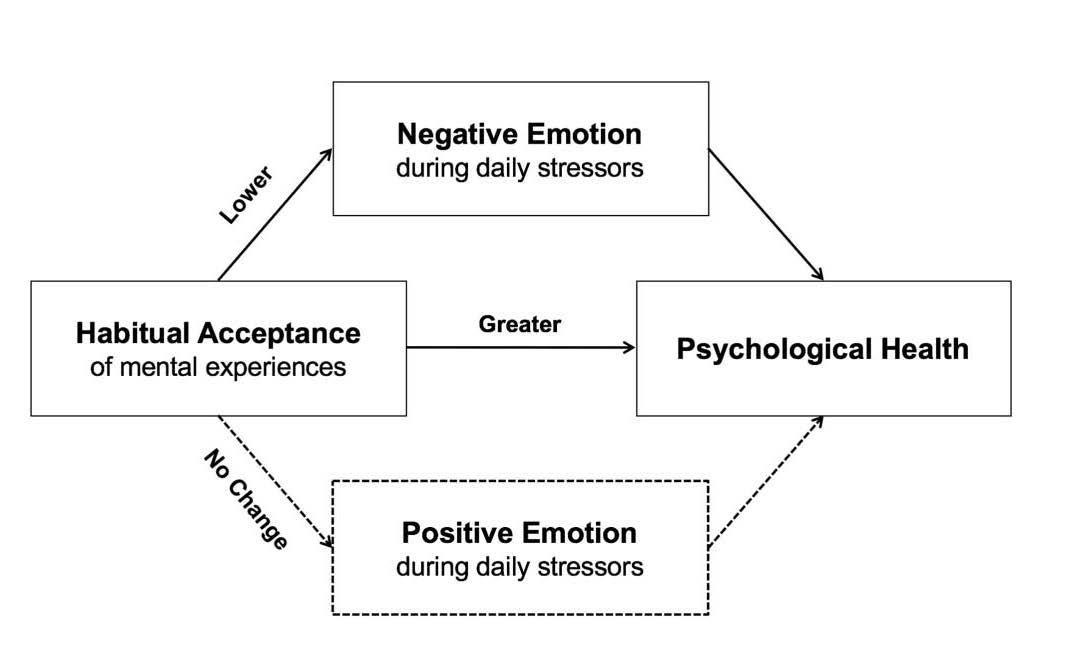Measuring (Trans)gender in Demographic Survey Research by Eliot Stanton, Data Science Major, 2022
D
ue to the powerful consequences of choosing gender categorization schemes, from the normalization of certain genders to the exclusion of others in such a way that has significant effects on people’s life chances, there has been much debate over how to best measure gender, and transness specifically. I will focus on gender categorization in demographic survey research as an example to illustrate the various motivations, methods, and obstacles involved. The current standard in transgender data in the United States is the U.S. Transgender Survey (USTS), conducted by a nonprofit called the National Center for Transgender Equality between 2011 and 2016, with another survey planned for 2022. As Labuski and Keo-Meier (2015) explain, the 2011 NTDS “stabilized the term transgender in order to produce their data,” though the survey included many forms of transness (p. 18). The survey’s designers admittedly had to compromise expansive representation and found it challenging to develop “liberating versus limiting” boxes (Hoffmann, 2017, p. 10). Despite its imperfections, the data from the USTS/NTDS continues to be necessary, as “any and all evidence of the statistical prevalence of a population that some would prefer remain invisible is a political and human rights necessity” (Labuski & Keo-Meier, 2015, p. 15). Several problems with data quality and accuracy arise when researchers attempt to count the number of trans people in their target population. First, quantitative analysis becomes more complicated as the number of gender categories increases. Though the pool of gender identities is qualitatively rich, it lacks any order or system (Singer, 2015, p. 65).This is in part due to the unstable nature of gender itself, especially as it is defined in gender studies, which makes the production of measurements and data difficult (Labuski & Keo-Meier, 2015, p. 18). While there may be an “inevitable uncontainability of categorical excess” in transspecific data collection, researchers still attempt to “capture the experience of being trans for the widest variety of readers in ways that benefit transgender people” through gender categorization schemes (Singer, 2015, p. 65 & Labuski & Keo-Meier, 2015, p. 14). Since there is no universal standard for which trans identities to include, studies and surveys utilizing different definitions of transness
First, quantitative analysis becomes more complicated as the number of gender categories increases. Though the pool of gender identities is qualitatively rich, it lacks any order or system (Singer, 2015, p. 65).
Measuring (Trans)gender in Demographic Survey Research
14







